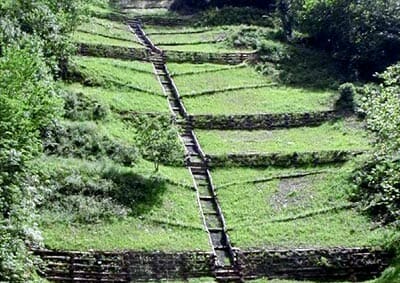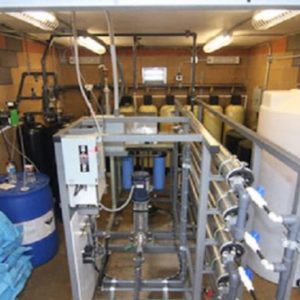E – 1538 Soil Bioengineering for Upland Slope Protection and Erosion Reduction
$100.00
Soil bioengineering for slope stabilization consists of using live, woody vegetative cuttings that will provide soil reinforcement and prevent surface erosion on slopes. The soil bioengineering techniques discussed in this course are generally appropriate for immediate protection of slopes against surface erosion, shallow mass wasting, cut and fill slope stabilization, earth embankment protection, and small gully repair treatment. The course discusses the attributes and limitations of various vegetative and structural components and contains recommendations about which approach is most appropriate for a given slope stabilization problem. Practical design considerations, construction techniques, and guidelines for the selection of appropriate materials, including plant species, are presented.
This course is based on Ch. 18 of the U.S. Department of Agriculture Engineering Field Handbook, “Soil Bioengineering for Upland Slope Protection and Erosion Reduction,” October, 1992.
Description
Soil bioengineering for slope stabilization consists of using live, woody vegetative cuttings that will provide soil reinforcement and prevent surface erosion on slopes. The soil bioengineering techniques discussed in this course are generally appropriate for immediate protection of slopes against surface erosion, shallow mass wasting, cut and fill slope stabilization, earth embankment protection, and small gully repair treatment. The course discusses the attributes and limitations of various vegetative and structural components and contains recommendations about which approach is most appropriate for a given slope stabilization problem. Practical design considerations, construction techniques, and guidelines for the selection of appropriate materials, including plant species, are presented.
This course is based on Ch. 18 of the U.S. Department of Agriculture Engineering Field Handbook, “Soil Bioengineering for Upland Slope Protection and Erosion Reduction,” October, 1992.
- Vegetative and structural components of soil bioengineering systems
- Soil bioengineering plant species
- Plant tolerance
- Basic principles and design considerations of soil bioengineering
- Construction techniques and materials
- Live staking
- Live fascines
- Brushlayers
- Branchpacking
- Live gully repair
- Live cribwalls
- Vegetated rock gabions
- Vegetated rock walls
- Joint plantings
- Vegetated structures






